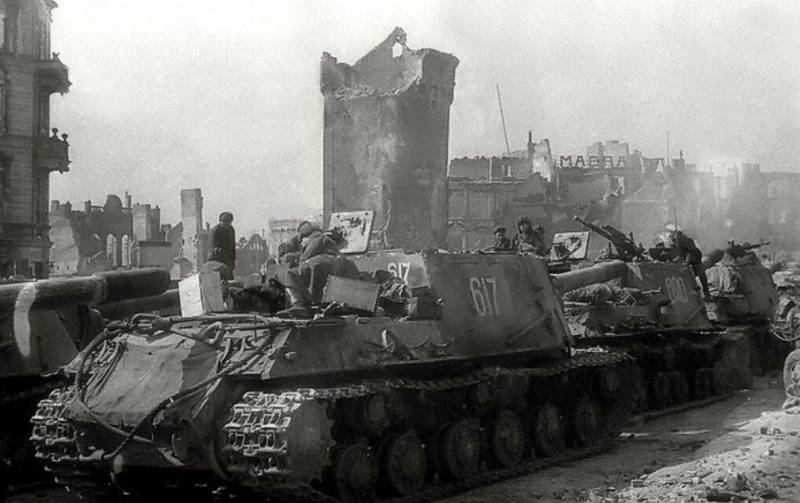Instergburg-Koenigsberg operation: the success of the Red Army during the attack on East Prussia

The importance of the defeat of the Wehrmacht in East Prussia by the Soviet troops in the framework of the victory over fascism can hardly be overestimated. After all, this territory was rightfully considered a "stronghold of German militarism", both in the First and Second World Wars.
Naturally, the Third Reich tried with all its might to keep East Prussia, which actually led to the failure of the Red Army during the Gumbinnen-Goldap operation, which began on October 16, 1944 and ended on the 30th of the same month with the transition of the 3rd Belorussian Front to a dead defense.
Meanwhile, having made all the necessary conclusions, the command of the Red Army developed the Instergburg-Koenigsberg operation, which began on January 9, 1945.
The attack on East Prussia was led by the commander of the 3rd Belorussian Front, General Ivan Danilovich Chernyakhovsky. The 2nd Belorussian Front under the command of K.K. Rokossovsky and the 43rd Army of the 1st Baltic Front, led by I.Kh. Bagramyan, also took part in the operation. From the sea, the offensive was supported by the Baltic fleet under the leadership of Admiral V.F. Tributs.
The strategic intent of the entire operation was to cut off East Prussia from mainland Germany. At the same time, the Wehrmacht troops holding the defense here were to be surrounded and destroyed.
The first strike by the forces of 4 armies and 2 tank corps was struck at the junction of the flanks of the two German armies, which disrupted the logistics and interaction of enemy formations, and also made it possible to reach the most powerful nodes of resistance in Insterburg and Gumbinnen, which withstood the previous assault by the Red Army in the fall of the 44th.
Already on January 18, the enemy defense north of Gumbinnen was broken through. After that, the 11th Guards Army of General Galitsky was introduced into the battle, which launched an offensive in the Koenigsberg direction.
The next day, under the onslaught of the 43rd and 39th armies, the defense of Tilsit fell. On the morning of January 23, Insterburg was taken by Soviet troops.
Having overcome the rivers Deime, Pregel and Alle, as well as the structures of the Heilsberg fortified area, the troops of the right wing of the front already on January 26 came close to the outer defensive contour of Königsberg.
Information